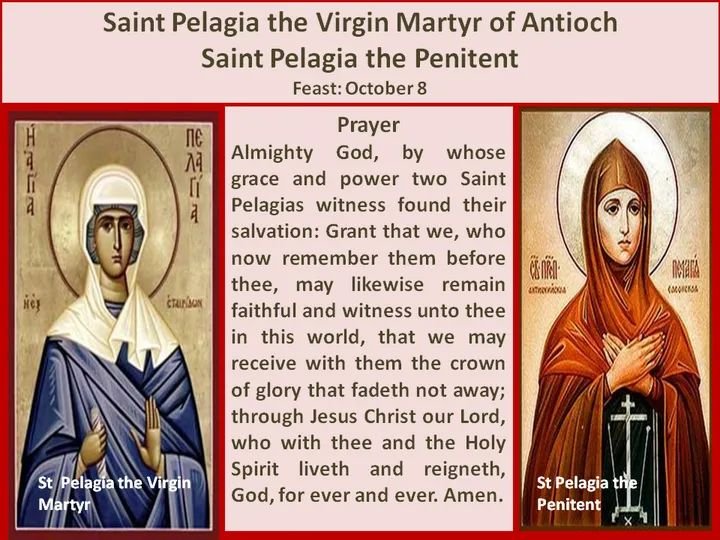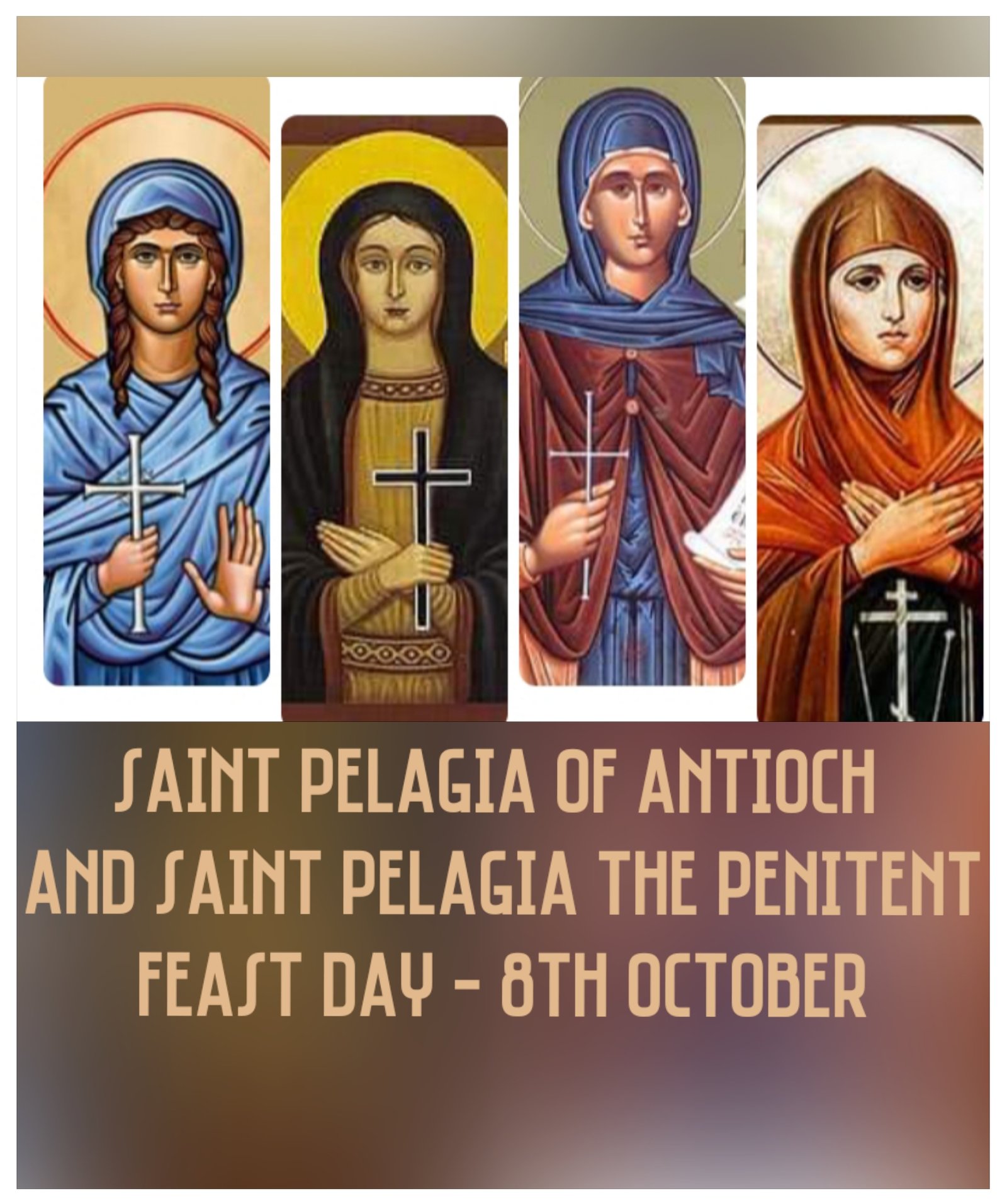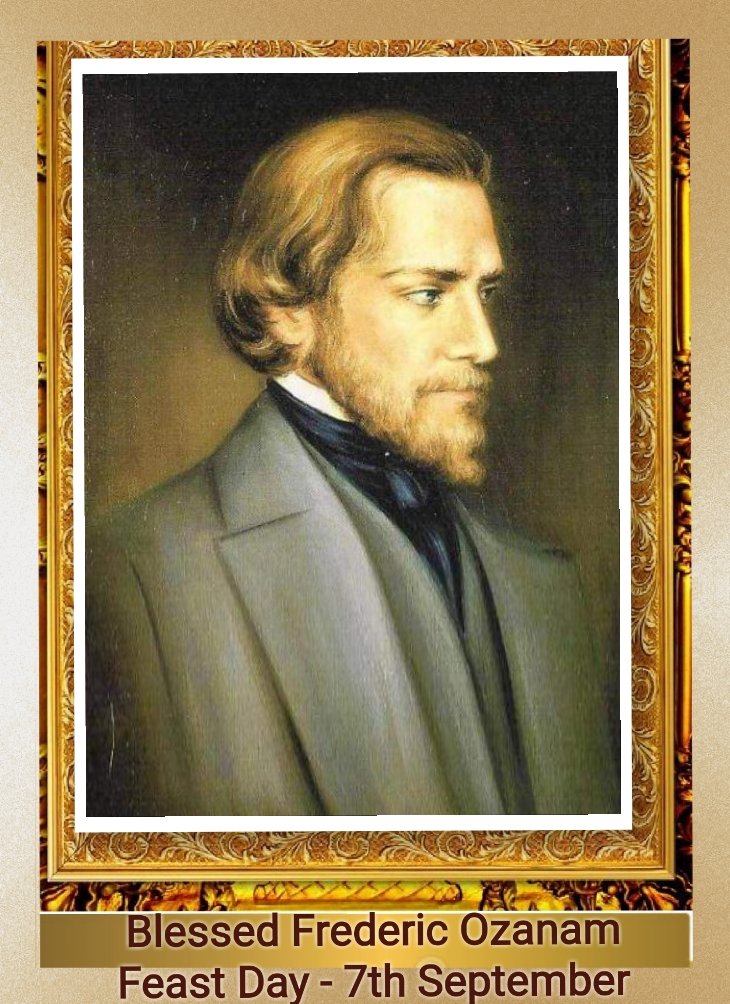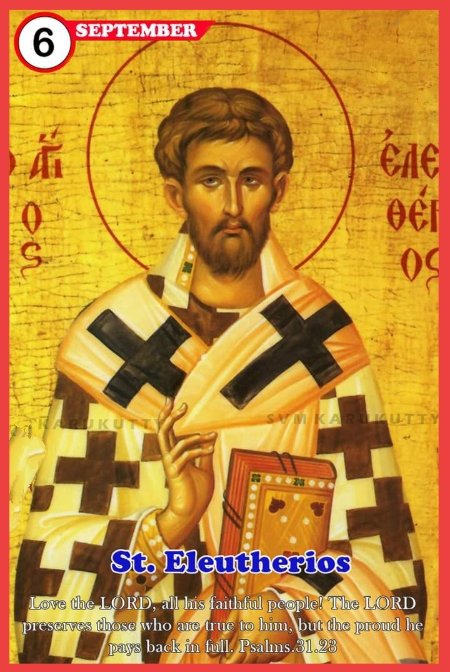
MONTHLY DEVOTIONAL FOR 7th OCTOBER
October 7, 2023
1 Thessalonians 5:12-13
October 8, 2023SAINT PELAGIA THE VIRGIN MARTYR OF ANTIOCH AND SAINT PELAGIA THE PENITENT – 8th OCTOBER
Today, October 8, the Church marks the feast day of two Saint Pelagias: Pelagia the Virgin Martyr of Antioch and Pelagia the Penitent. Over the years, the lives of these Pelagias have become entwined and confused by oral tradition. There were at least two Pelagias, both from Antioch, Syria. Today, we take lessons from both their lives.
The first Pelagia was a young virgin martyr in the fourth century. Committed to maintaining her virginity for Christ, Saint Pelagia was prepared for the Diocletian persecution when it reached Antioch. At fifteen years of age, soldiers came in search of her, in order to force her to publicly offer a sacrifice to the pagan gods.
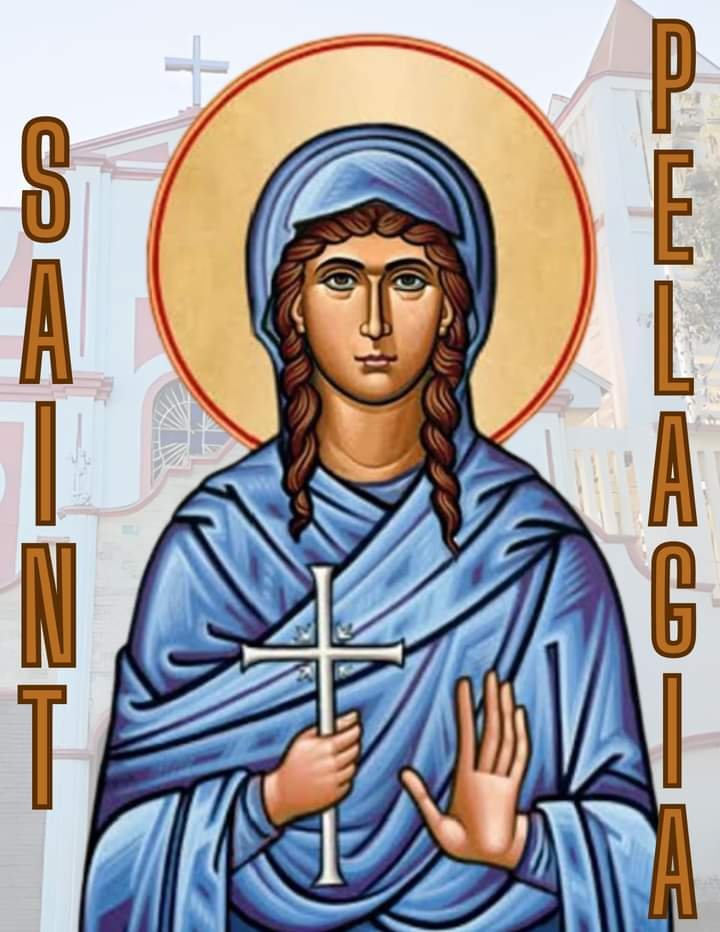
She was alone in the house, and unable to defend herself. She politely asked the soldiers what was to become of her, and upon hearing that she was sentenced to execution, begged permission to return inside her home to put on more modest clothing. Overcome by her resolute courage, the solders allowed her the privilege.
Knowing what was ahead of her, including her defilement at the hands of the soldiers, the holy virgin was not willing to expose herself to danger of being dishonored. Both St. John Chrysostom and St. Ambrose refer to her example of faithfulness. They tell of her leaping to her death from the roof of the house rather than be taken by soldiers.
SAINT PELAGIA THE PENITENT

The second Pelagia, known later as Pelagius (also sometimes known as Margaret of Antioch) the Penitent, lived about a century later. This Pelagia was a dancer and “immoral actress” in Antioch. Very beautiful, she is reported to have had many lovers, desired expensive jewels, and was renowned for her dissolute and decadent lifestyle.
She would, however, undergo radical conversion and come to live for the Lord alone. At the height of her popularity, she and some friends were passing by the Basilica of Saint Julian in Antioch where Bishop Nonnus was preaching. Pelagia was reclining in a litter and was provocatively dressed; her head and shoulders were uncovered at a time when women were to be veiled in public.
The group of bishops who were gathered outside were shocked by the sight of her and turned away, except for Bishop Nonnus who looked at her for a long time. Bishop Nonnus then turned to the other bishops and asked, “Did not the sight of her great beauty delight you?” When Bishop Nonnus spoke in the basilica the next day, Pelagia was there.
The people were surprised to see her because she was not a catechumen. Apparently the bishop’s words had stirred Pelagia to reconsider how she was living her life. She met with the bishop soon after and asked to be baptized, saying: “Holy father, be merciful to me, a sinner; baptize me, and teach me repentance. I am a sea of iniquity, an abyss of destruction, a net and weapon of the devil.”
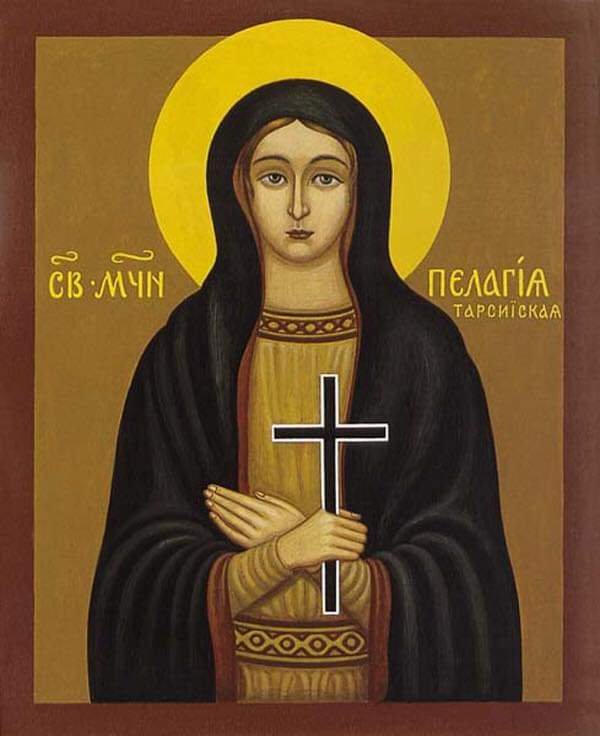
Upon questioning, Pelagia explained that her father and mother named her Pelagia, but that the people of Antioch called her Margarita, (which means pearl) for she was the “devil’s jewel.” Bishop Nonnus found a woman to act as her godmother and then exorcised and baptized her. A few days later Pelagia arranged to give all her wealth and possessions to the bishop.
He handed all the wealth over to the treasurer of the church in Antioch, telling him to use it for widows and orphans, not for the church, because it was tainted money. Soon after Pelagia’s conversion and baptism she left Antioch, never to return. She withdrew to a cave in Jerusalem near the Mount of Olives where she dressed in men’s clothing and lived an austere life as a hermit, praying, fasting, and engaging in penance for her earlier sins.
She became known as Pelagius, “the beardless monk.” Bishop Nonnus kept in touch with Pelagia, sending emissaries to bring “Brother Pelagius” messages of encouragement from time to time. One such emissary, James the Deacon, found her dead during one visit. It was not until the anointing of her body that they discovered that she was a woman.
By repentance and striving, the former sinner received the mercy of God, the forgiveness of her sins and sanctification, and her purified and sanctified soul was made worthy of the Kingdom of God.
The lives of the two Saint Pelagias remind us of the different paths our own lives can take. Few of us are sin-free, engaging in “extreme” measures to avoid defilement like Saint Pelagia the virgin martyr.
It is far more likely that we are better able to identify with Saint Pelagia the Penitent, living sinful lives, but called to the repent by the Lord. Both women—from very different backgrounds—found their salvation in the Gospel, and washed clean, joined their Creator in Heaven. We are inspired to true conversion, full repentance, and lives of sanctity by their stories.

PRAYER
Almighty God, by whose grace and power two Saint Pelagias witnessed and found their salvation: Grant that we, who now remember them before thee, may likewise remain faithful and witness unto thee in this world, that we may receive with them the crown of glory that fadeth not away.
Through Jesus Christ our Lord, who with thee and the Holy Spirit liveth and reigneth, God, for ever and ever. Amen.
